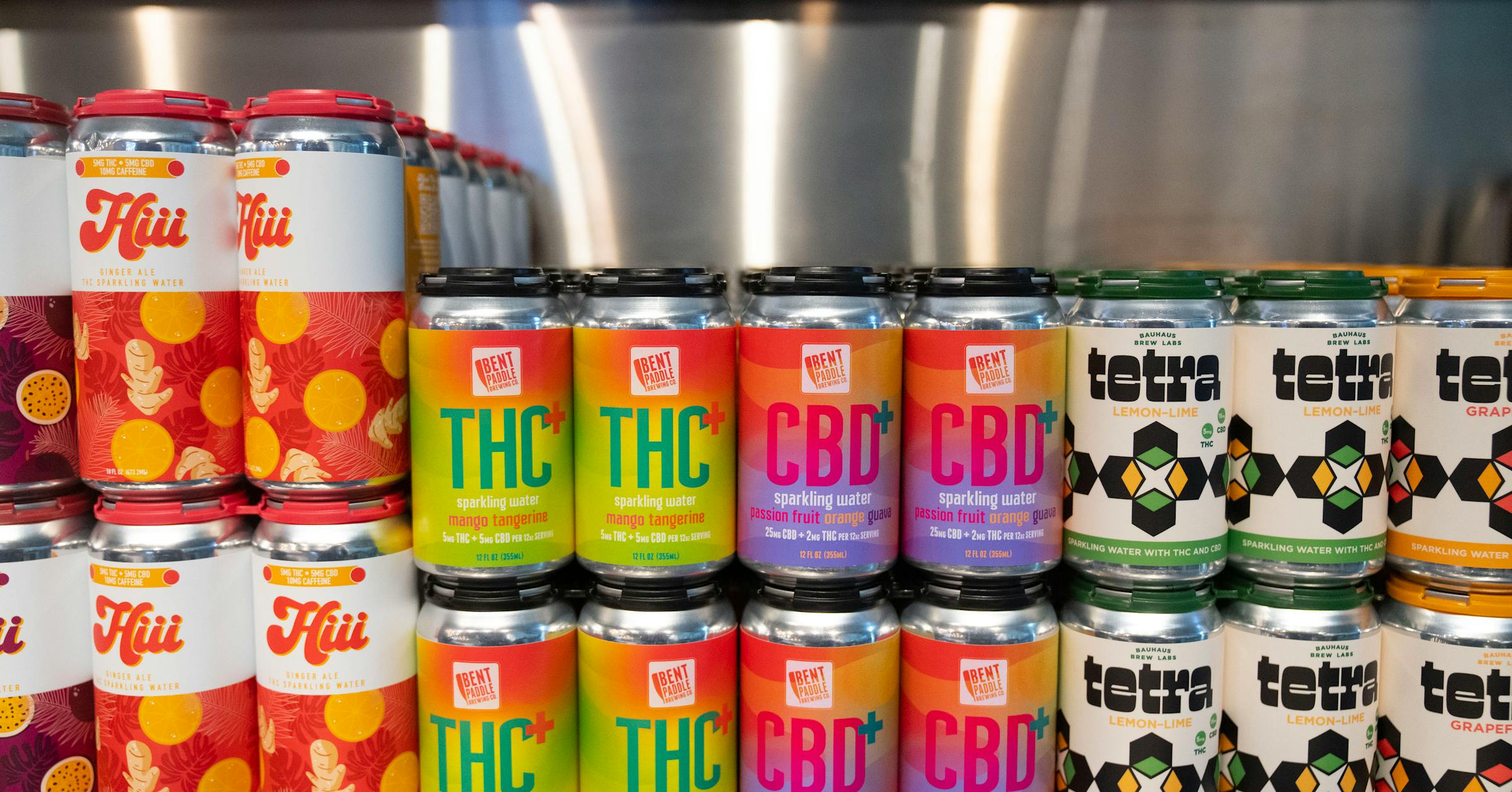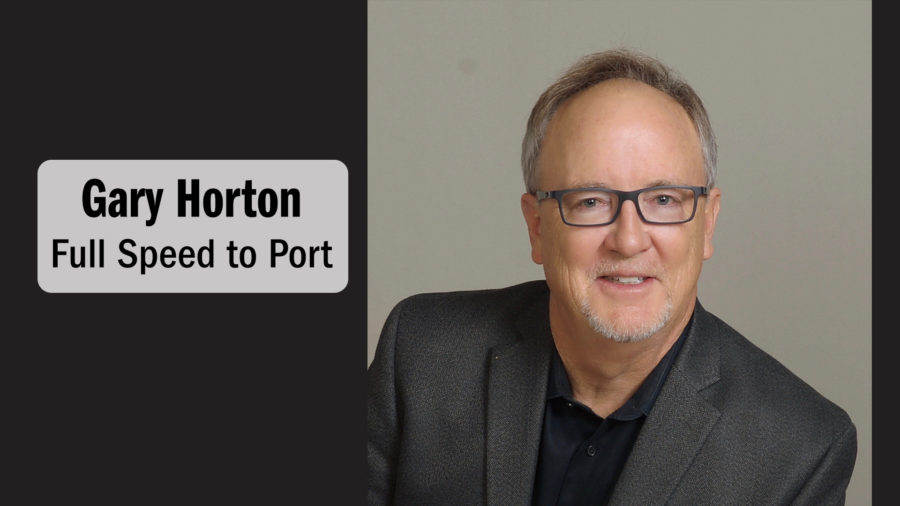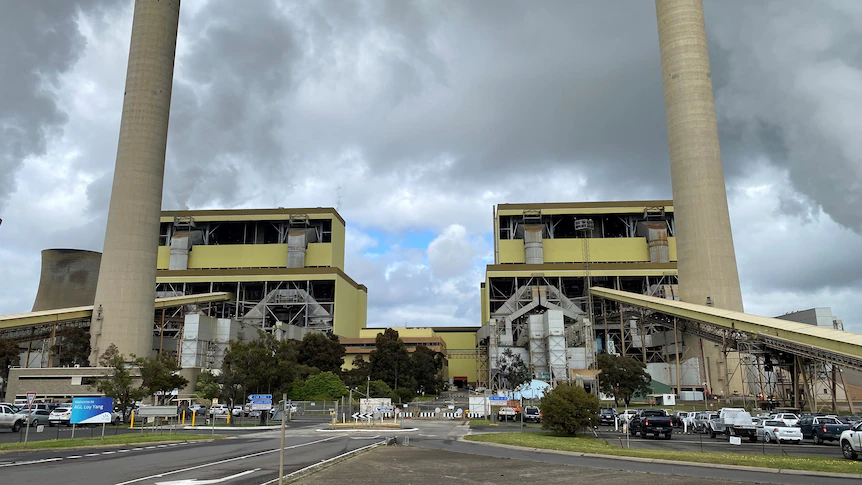Copyright Star Tribune

Minnesota’s 2022 framework for hemp-derived THC (5 mg per serving for edibles, later clarified so beverages can be up to 10 mg) gave our state a pragmatic middle path. It didn’t just serve curious consumers; it taught a generation of makers and retailers how to card, label, batch-test and be accountable. It kept small breweries afloat with responsibly dosed seltzers as beer sales softened. And it gave me and many others a bridge from lab bench to local business long before a single adult-use cannabis license existed in the state. That bridge became a runway when Minnesota legalized recreational use and stood up the Office of Cannabis Management. After launching Doctor Dabs, a Minnesota hemp-based edibles business, I’m now building a licensed dispensary and cultivation site, hiring Minnesotans, and investing for the long term — clean rooms, airflow and hygiene plans, electrical designed for expansion and tech and training so a new hire can become a craftsperson, not a cog. Which is why the latest news from Washington hits like a wrecking ball. A federal shutdown deal moving through Congress would cap THC in hemp products at 0.4 milligrams — a level that would erase Minnesota’s carefully regulated, potency-limited market and everything it has taught us. The Senate passed it; the House will consider it next. It’s a blanket hammer swing that flattens compliant businesses right alongside the bad actors the bill claims to rein in. It would detonate a thriving Minnesota ecosystem from taprooms to small manufacturers. If Congress wants to protect the public, here’s the line that actually matters: Keep the intoxicating cannabinoids the plant makes, get rid of the synthetic ones and require a uniform 21+ age restriction in every state. Cannabis is a living factory with enzymes that build specific molecules — delta-9 THC most famously — alongside non-intoxicating constituents like CBD, CBC and CBG. Those cannabinoids are biosynthesized inside trichomes, the frost you can see on a healthy flower. You can extract them, purify them and formulate them within disciplined guardrails such as potency caps per serving, age-gated sales, child-resistant packaging, validated lab methods and truthful labels tied to real batch numbers. That is fundamentally different from the world of synthetic or conversion cannabinoids — notably the alphabet soup made by pushing hemp-derived CBD through harsh chemistry to yield delta-8, delta-10, HHC, THCP and cousins the plant doesn’t produce in meaningful amounts. On a whiteboard, those reactions look tidy. In a drum, they generate unknown byproducts unless you operate true good manufacturing practices-grade synthesis with reference standards for every impurity. The problem isn’t innovation; it’s opacity. This is the concern in plain English: the “synthetics” I’m talking about are chemically converted THC look-alikes — often made from CBD — that spread nationally with little oversight and are frequently packaged like candy or disposable vapes, inviting inconsistent potency and kid-appealing marketing. Unlike Minnesota’s potency-limited, lab-tested products — and Minnesota does not permit synthetic or chemically converted intoxicants — this wave of conversion cannabinoids has produced unknown byproducts that worry toxicologists and parents across the country. Here’s one stark example. THCP does occur naturally in cannabis, but only in trace amounts. So the products you see labeled “THCP” on shelves are almost always made by chemical conversion. THCP, which binds far more tightly to the brain’s THC receptor, can hit much harder even at tiny doses. Case reports have tied THCP-labeled products to ER visits for severe agitation, psychosis and prolonged sedation. Think of it this way: THC is a chili pepper; THCP is bear spray — same family of “heat,” but concentrated and delivered in a way that can overwhelm fast. Compounding the risk, many states still lack a clear 21+ age limit for hemp products — unlike Minnesota — so minors can encounter these items in states where safeguards haven’t caught up. Minnesota and the nation should keep drawing the line where the biology does. Let licensed businesses use plant-derived intoxicants the plant naturally makes, obtained by physical processes (extraction, filtration, distillation) without molecular rearrangement. Prohibit synthetic and “conversion” intoxicants created through isomerization, cyclization, hydrogenation or similar tricks designed to turn non-intoxicating hemp into shortcuts for a high. Require provenance labeling — such as “cannabinoid source: plant-derived” — backed by supply-chain documentation and lab data. Tighten lab standards so tests can flag impurities characteristic of conversion pathways. Enforce upstream at the manufacturer and distributor level so retailers aren’t set up to fail. This isn’t about protecting “big marijuana.” I came up through hemp, where every dollar counted and every deviation could kill a batch. The rule I’m arguing for protects small disciplined operators who invested in clean rooms and third-party audits instead of chemistry hacks. It protects the brewer who built a responsible THC seltzer program with plant-derived emulsion. It protects parents who want guardrails that actually work and adults who want a predictable experience. Most of all, it protects the on-ramp that brought a generation of compliant, test-first businesses into the light. Critics say intoxicating is intoxicating — why split hairs? Because how a molecule arrives in a can or gummy matters. When the plant makes delta-9 THC, it comes with a known structure and a safety conversation we can actually regulate. When you force CBD into “THC-ish” variants after harvest, you inherit the baggage of that road: catalysts, acids, thermal stress, side-products with names you won’t find on a plant’s metabolic map. Pretending those pathways are equivalent ignores toxicology and transparency — and it punishes Minnesotans who bet on compliance. Others say, “Just ban hemp intoxication altogether.” That’s the federal shortcut in front of us, and it bulldozes what Minnesota already does well — potency caps people understand, clear labels, age-gating and batch testing. Our state proved that boring, precise guardrails beat prohibition at protecting consumers. You can see it in our shop floors and taprooms — and in the fact that national coverage now describes Minnesota as a pioneer in bringing hemp products into an orderly lane. Wipe that out with a 0.4 mg THC ceiling, and we don’t get safety; we get whiplash, layoffs and a rush back to the shadows. For me, hemp was never a loophole. It was a lab bench, a classroom and a launchpad that kept me in Minnesota. It’s how I trained staff, translated enzyme pathways into everyday standard operating procedures and proved you can run cannabis like a serious manufacturing discipline. Those lessons are exactly what I’m carrying into my licensed dispensary and grow facility. They’re also what thousands of Minnesota workers and over a thousand small businesses are counting on to build a stable adult-use market that reflects who we are: measured, neighborly, ambitious without being reckless. So here’s my plea, as a scientist and a Minnesota business owner: Keep what the plant makes. Regulate it well. Stop the synthetics. Don’t erase the pathway that brought us here. If Congress wants to fix real problems, write a targeted bill that reinforces Minnesota’s model instead of detonating an entire category in a must-pass deal.



